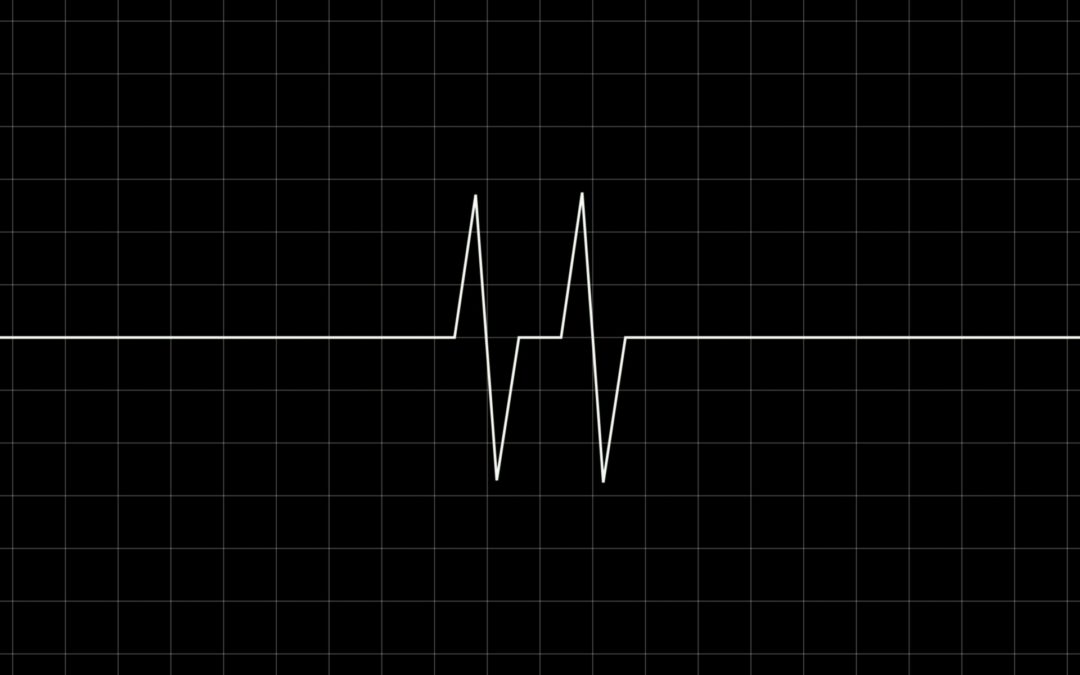There is no ‘optimal’ cardio exercise. Just because your friend says running is the best doesn’t mean that you have to do it, especially if running makes you feel like your body is falling apart. Anything that gets your heart rate up fits the bill, even actions like raking leaves or washing the car.
Do something you want or at least something you can tolerate. If you hate gym workouts, don’t force yourself on a treadmill. Walk, jog, or bicycle outdoors to enjoy the spectacle. If you enjoy socializing, think about sports, team fitness, exercising with a friend or a walking club.
Pick on something that you can see yourself doing at least three days a week. To fulfill the exercise recommendations, you want to do cardio three days each week. Make it easier to be motivated by picking an activity that will be suitable for you to do that often, at least till you have formed the habit.
Be flexible and don’t be afraid to branch out as soon as you get comfortable with exercise. The wonderful thing about cardio exercise is that you can choose any activity that raises your heart rate.
You don’t have to do the same exercise daily, nor each week. Changing your cardio is easy, so do it often and you’ll discover more activities you prefer.
Keep it simple. If you are confused about what to do, start with the basics–you need at least 20 minutes for the whole body to get going, so start there.
Get out your calendar, find 20 minutes of time on three different days and do something–walking, running, going to the gym, vigorous yard work–whatever you want. Make it a habit first and work on your own time and intensity later.
Long to Do a Cardio Workout
After you choose what to do, the most important part of your workout will be just how long you do it. You ought to work on duration before you work on anything else like doing high-intensity workouts; it takes time to develop the endurance for constant exercise.
The guidelines suggest anywhere from 20 to 60 minutes of cardio to be healthy, eliminate weight, and get fit, based on the types of workouts you do. That’s fine, but you don’t want to start with an hour of exercise. That’s just too much for anyone if you haven’t exercised for a little while (or ever).
Beginner Workouts
To start, go for an accessible exercise like walking or a treadmill, and start with about 10-20 minutes of brisk walking at a moderate-intensity. That means you’re just out of your comfort zone, at around a Level 5 or 6 into a perceived exertion scale of zero to 10, where seated is zero and the highest degree of effort possible is 10.
Beginner workout choices:
Cardio for Absolute Beginners: If you are not sure where to start, this program will enable you to decide on any machine or activity that you are comfortable with.
Elliptical Workout for Beginners: The elliptical is great for building strength with reduced impact. This exercise will get you started.
Stationary Bike Workout for Beginners: This 20-minute exercise is great if you want a workout with no impact.
Essential Tips for How Long You Need To Workout
You don’t have to do it all at one time. You can absolutely divide your workouts into smaller workouts throughout the day. Attempt three walks as a fantastic start.
Add small bursts of cardio through the day by climbing stairs or speed walking. Do all those things you know you should be doing: Take the stairs, walk more, stop driving around searching for that front row parking space, etc.. .
Make the time. Individuals who exercise don’t have more hours than people who don’t. They’ve just practiced making exercise a priority. Assessing your work outs and treating them just like any other appointment you would not miss may allow you to follow your program.
Pay someone to make you exercise. Finding a good personal trainer can make a difference in regards to motivation and reaching your goals.
Do something–anything. If you think five minutes isn’t enough time to work out, you couldn’t be more wrong. Whether it’s five minutes, 10 minutes or 60 minutes, every minute counts.
Consider your intensity. The harder you work, the shorter your workouts should be. So, if you are doing Tabata training or some other sort of high-intensity interval training, your workout may only be 10-20 minutes. If you are doing a slower, steady state workout, you can workout longer, maybe 30-60 minutes.
Keep in mind that doing too much cardio is a no-no as well and can actually backfire. There is a point of diminishing returns, so keep it reasonable (three to six days a week, depending on your fitness level), vary your intensity and don’t forget to take rest days when demanded.
Frequency of Cardio Workouts
The brief, non-scientific answer to how often to do cardio work outs is to do more than you probably think you need to and more than you really want to or have the time for.
The longer answer is that it is dependent upon your fitness level, schedule, and goals. If you want to be healthy and aren’t worried about losing weight, getting in 20-30 minutes of moderate activity each day can do you some good. However, for weight loss, it is a whole other story.
And it’s not just about frequency. It is about intensity as well. If you do moderate workouts, then you can probably work out each and every day. Butif you do high-intensity interval training, you may need more rest days between exercise days.
The main point is that it is far better to have a combination of the two so that you are working different energy systems and giving your body something different to do so that you don’t burn out.

